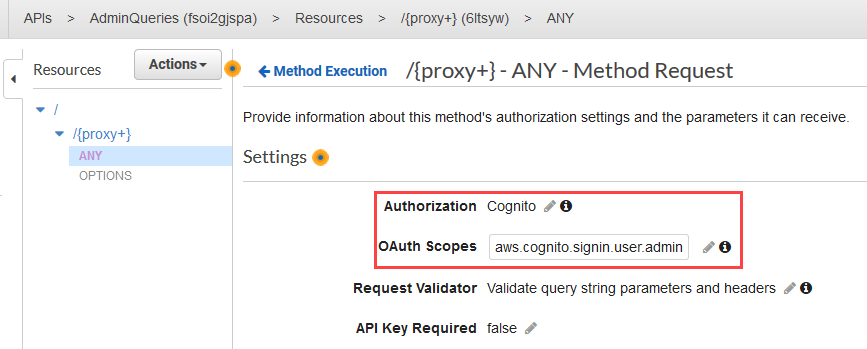AWS Compute Blog
Tag: Amazon API Gateway
Configuring private integrations with Amazon API Gateway HTTP APIs
This post was written by Michael Hume – AWS Solutions Architect Public Sector UKIR. Customers often want to use Amazon API Gateway REST APIs to send requests to private resources. This feature is useful for building secure architectures using Amazon EC2 instances or container-based services on Amazon ECS or Amazon EKS, which reside within a […]
New Synchronous Express Workflows for AWS Step Functions
Today, AWS is introducing Synchronous Express Workflows for AWS Step Functions. This is a new way to run Express Workflows to orchestrate AWS services at high-throughput. Developers have been using asynchronous Express Workflows since December 2019 for workloads that require higher event rates and shorter durations. Customers were looking for ways to receive an immediate […]
Introducing Amazon API Gateway service integration for AWS Step Functions
AWS Step Functions now integrates with Amazon API Gateway to enable backend orchestration with minimal code and built-in error handling. API Gateway is a fully managed service that makes it easy for developers to create, publish, maintain, monitor, and secure APIs at any scale. These APIs enable applications to access data, business logic, or functionality […]
Performing canary deployments for service integrations with Amazon API Gateway
This post authored by Dhiraj Thakur and Sameer Goel, Solutions Architects at AWS. When building serverless web applications, it is common to use AWS Lambda functions as the compute layer for business logic. To manage canary releases, it’s best practice to use Lambda deployment preferences. However, if you use Amazon API Gateway service integrations instead […]
The serverless LAMP stack part 6: From MVC to serverless microservices
Update: The complete blog series and supporting GitHub repository is now available: Part 1: Introducing the new Serverless LAMP stack Part 2: Scaling relational databases Part 3: Replacing the web server Part 4: Building a serverless Laravel application Part 5: The CDK construct library for the serverless LAMP stack Part 6: From MVC to serverless […]
Introducing IAM and Lambda authorizers for Amazon API Gateway HTTP APIs
Amazon API Gateway HTTP APIs enable you to create RESTful APIs with lower latency and lower cost than API Gateway REST APIs. The API Gateway team is continuing work to improve and migrate popular REST API features to HTTP APIs. We are adding two of the most requested features, AWS Identity and Access Management (IAM) […]
Troubleshooting Amazon API Gateway with enhanced observability variables
Amazon API Gateway is often used for managing access to serverless applications. Additionally, it can help developers reduce code and increase security with features like AWS WAF integration and authorizers at the API level. Because more is handled by API Gateway, developers tell us they would like to see more data points on the individual […]
Building storage-first serverless applications with HTTP APIs service integrations
Over the last year, I have been talking about “storage first” serverless patterns. With these patterns, data is stored persistently before any business logic is applied. The advantage of this pattern is increased application resiliency. By persisting the data before processing, the original data is still available, if or when errors occur. Common pattern for […]
ICYMI: Season one of Sessions with SAM
February 12, 2024: Amazon Kinesis Data Firehose has been renamed to Amazon Data Firehose. Read the AWS What’s New post to learn more. Developers tell us they want to know how to easily build and manage their serverless applications. In 2017 AWS announced AWS Serverless Application Model (SAM) to help with just that. To help […]
Building well-architected serverless applications: Controlling serverless API access – part 3
This series of blog posts uses the AWS Well-Architected Tool with the Serverless Lens to help customers build and operate applications using best practices. In each post, I address the nine serverless-specific questions identified by the Serverless Lens along with the recommended best practices. See the Introduction post for a table of contents and explanation of the example application. Security question […]









